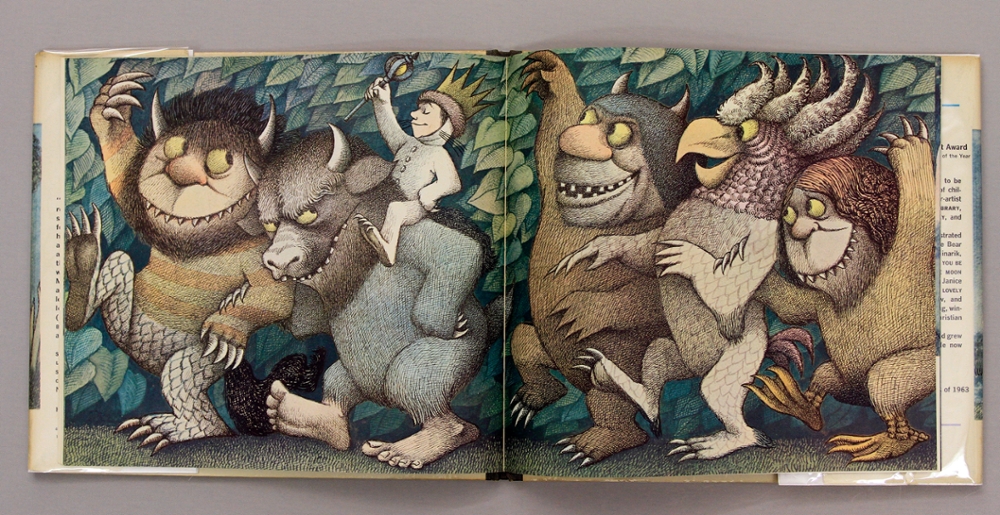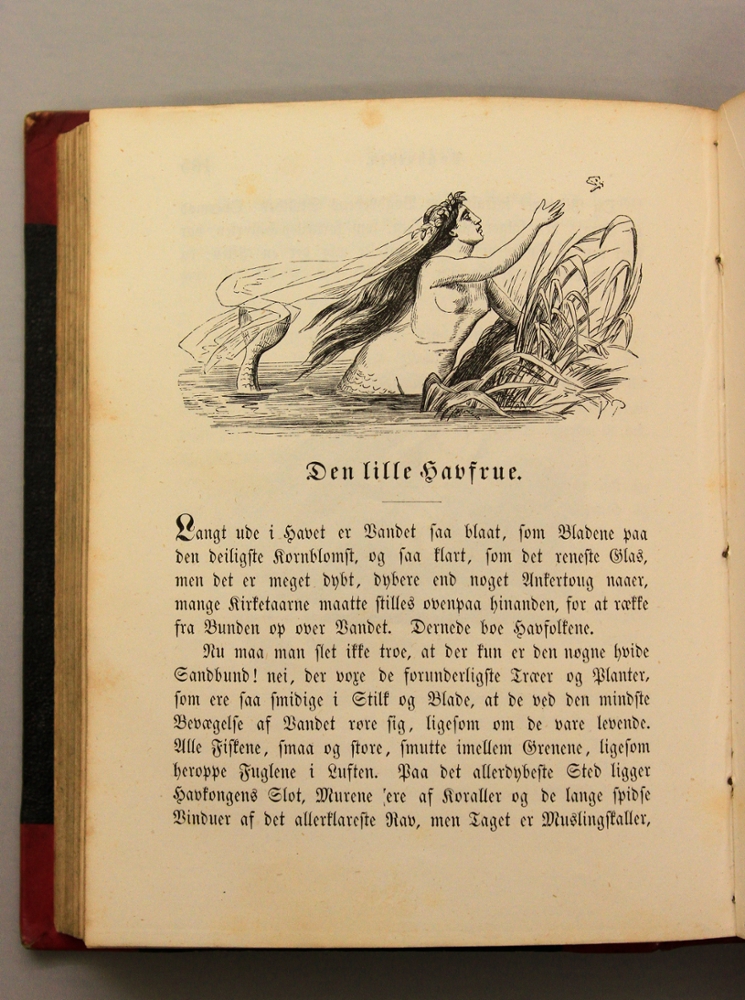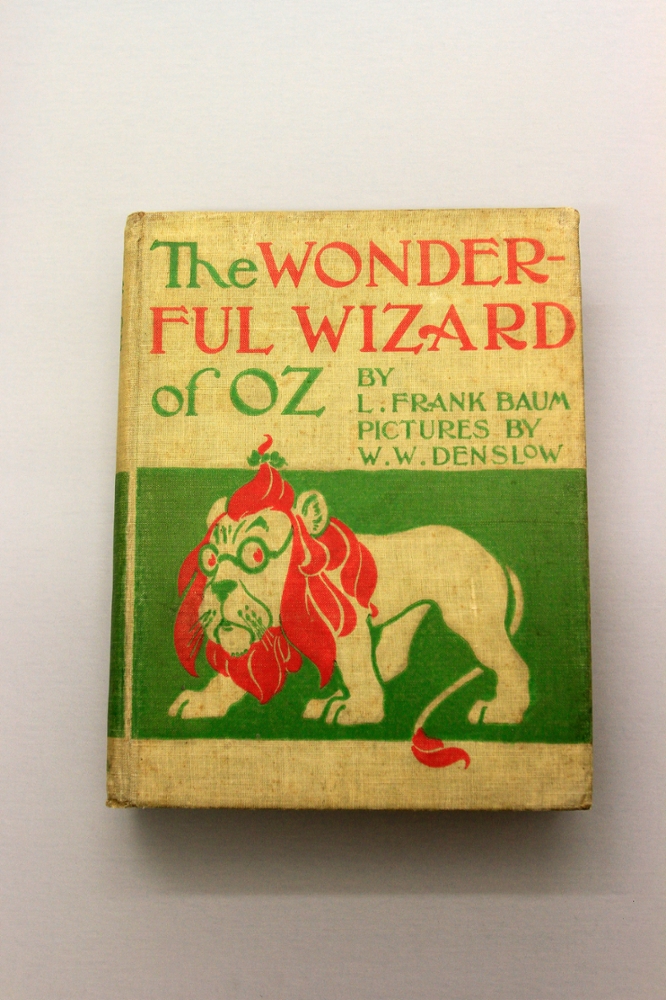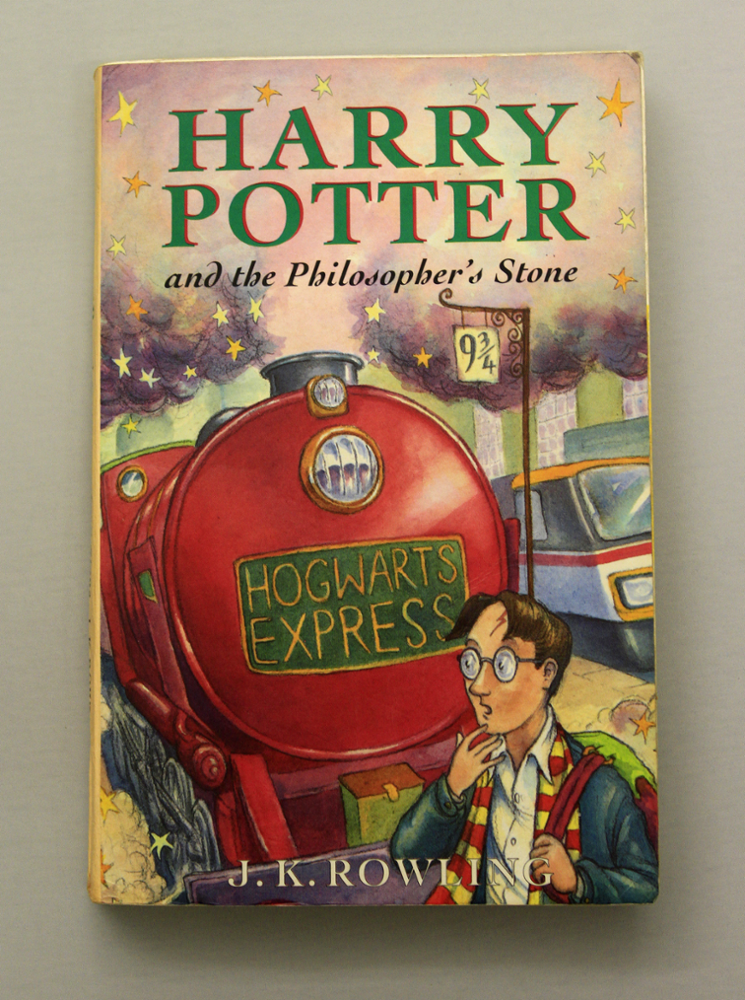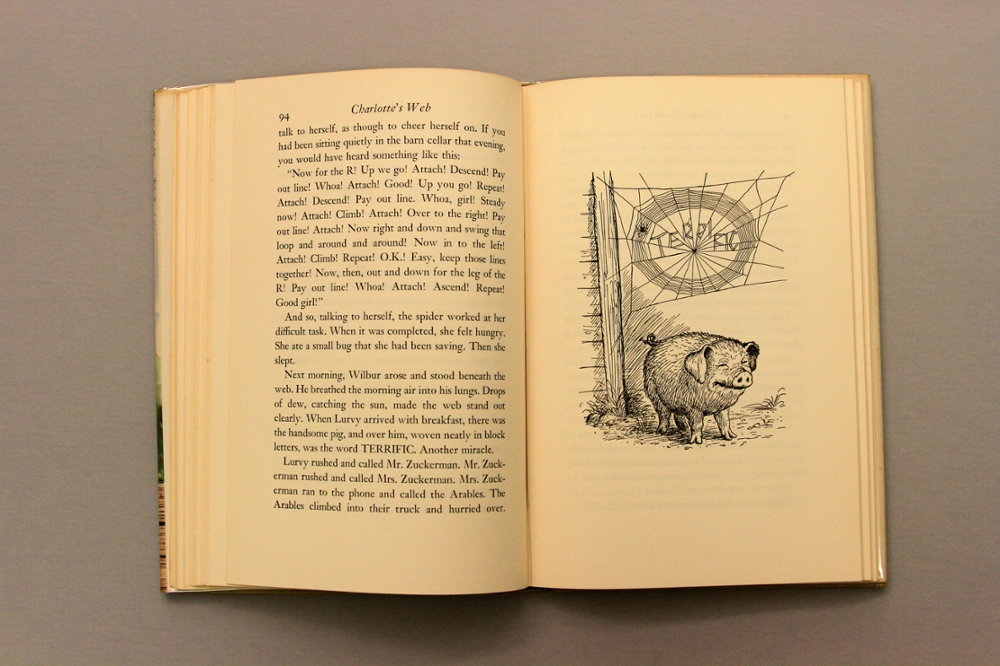University Libraries
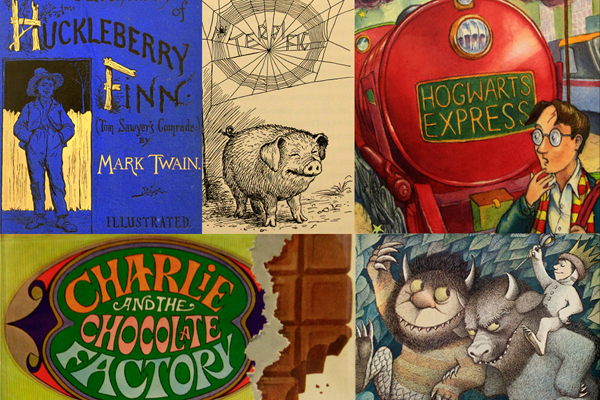
Storytime Censored
By Maureen Schlangen
Starting Tuesday, Sept. 6, in the University of Dayton Roesch Library, an exhibit of 15 rare editions of popular children’s, teen and young-adult books will highlight attempts at censorship in the modern era and underline the American Library Association’s contention that “parents — and only parents — have the right and the responsibility to restrict the access of their children — and only their children — to library resources.”
The “Storytime Censored” exhibit, featuring selections from the Rose Rare Book Collection of Dayton-area collectors Stuart and Mimi Rose, coincides with the ALA’s Banned Books Week Sept. 25–Oct. 1. Launched in 1982, the week brings book challenges and bans into the public eye in defense of intellectual freedom — the right to seek and receive information from all points of view without restriction.
In most instances, the ALA says, people who challenge books’ circulation sincerely believe that censorship can improve society, protect children and restore what they may see as lost moral values. However, the ALA says, under the First Amendment, all have the right to read, view, listen to and disseminate constitutionally protected ideas, even if someone finds those ideas offensive.
The exhibit, which closes Sunday, Nov. 13, includes a first edition of 19th-century feminist Louisa May Alcott’s classic Little Women (1868), challenged early for its “radical” portrayal of Jo March, said to be one of the sassiest and smartest female characters in American literature, and by modern-day feminists who suggest it’s not radical enough — pandering to the “weaker sex” mentality and failing to empower girls to succeed.
Other highlights:
-
The Hans Christian Andersen fairytaleThe Little Mermaid: Challenged as pornographic in 1994 for showing bare-chested mermaids. Other challenges criticized as “satanic” the transformation from a woman to half-fish. The item on display, Eventyr (Fairytale), is the first edition of an 1850 collection in Danish of 45 Andersen stories including The Little Mermaid.
-
The play Peter Pan and the subsequent book Peter and Wendy, by Sir James Matthew Barrie: Challenged for what has been called an offensive depiction of Tiger Lily and the Native American tribe living in Neverland. The item on view (1928) is a proof of the first edition of the play with revisions and annotations by Barrie throughout the 23-page dedication.
-
L. Frank Baum’sThe Wonderful Wizard of Oz: Challenges in the 1950s and ’60s typically involved criticism of “unwholesome and ungodly ideals” and depicting women in strong leadership roles. In the 1980s, fundamentalist Christian families argued against the depiction of benevolent witches and promoting the belief that essential human attributes were “individually developed rather than God-given.” The item on display (1900) is a first edition and the first state of the text, plates and binding.
-
Roald Dahl’s James and the Giant Peach: Objections have included magical elements, references to drugs and alcohol and the encouragement of disobedience, along with complaints that some of the subject matter in the book — specifically the death of James’ parents and abuse by his aunts — is too scary. The book on display (1961) is a first edition, first printing.
-
J.K. Rowling’s Harry Potter books: Frequent fliers on the challenged-books list; objections most often come from parents and others concerned about the books’ alleged occult theme, religious viewpoint, anti-family themes and violence. The item on display (1997) is a first edition of Harry Potter and the Philosopher’s Stone, inscribed by the author.
-
Maurice Sendak’s Where the Wild Things Are: Won the Caldecott Medal for best picture book in 1964; challenges called the illustrations “too dark and frightening.” Objections also have included Max’s willful obstinance on the one hand and the abuse of being sent to bed without dinner on the other. The item on display (1963) is a first edition, first printing, inscribed by the author with an ink sketch of Max on the half title.
-
E. B. White’s Charlotte’s Web: Derided as blasphemous for its portrayal of animals as cogent and verbal, the 1953 Newbery Honor Book continues to be the subject of challenges and even a 2006 ban in Kansas. The item on display (1952) is a first edition.
Roesch Library is on the University of Dayton campus near Stewart and Brown streets. The gallery is open during Roesch Library’s public hours, 7:30 a.m. to 10 p.m. Monday through Thursday; 7:30 a.m. to 6 p.m. Friday; 10 a.m. to 6 p.m. Saturday; and 10 a.m. to 10 p.m. Sunday. Daytime visitors may acquire parking passes at the visitor center at College Park and L Street. Visitors may park in any single-letter lot without a permit from 7:30 to 10 p.m. Monday through Thursday and anytime between 4:30 p.m. Friday and 10 p.m. Sunday.
Download the list of books on exhibition (PDF).
Use and follow the official hashtag #StorytimeCensored.
Sources: American Library Association, Ann Arbor Public Library, Christian Science Monitor, Harper College Library, the Smithsonian Institution, University of Tulsa, The Week.
— Maureen Schlangen, University Libraries e-scholarship and communications manager

